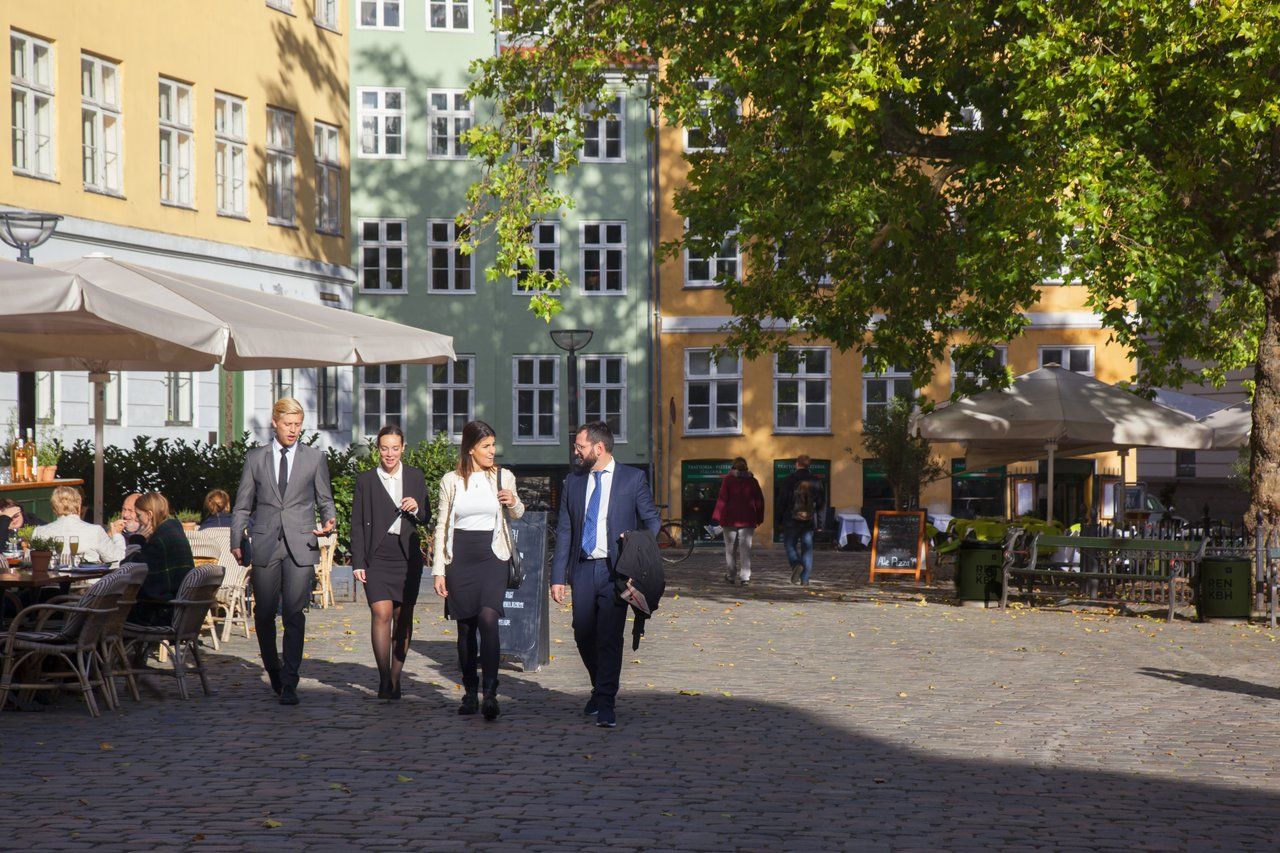The weather this month has been wet, cold and well, somewhat bizarre, to say the least. And it looks like the end of the month will continue to be more of the same, with jackets, scarves and gloves still being part of the daily program.
It will be Thursday or Friday before daytime temperatures edge above ten degrees, and the month of May before anything approaching summer-like weather makes an appearance in Denmark.
Not much sun
Rain will fall off and on throughout the week, and some of the precipitation may freeze here and there, making early morning driving a bit tricky.
The sun will only break through occasionally, with the sunshine island of Bornholm being the most likely place to catch a few rays.
READ MORE: Danish summer weather could be great – should it ever come
The reason for the continuing teeth-chattering are the prevailing conditions still hovering over the North Atlantic. A high pressure system between Iceland and Greenland continues to push cold air flows down towards Denmark.














